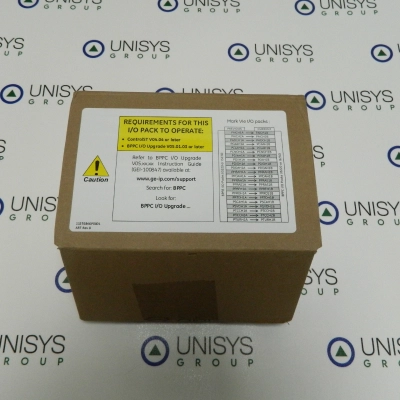


IS200TRPAH1A is an Aeroderivative Turbine Primary Trip Terminal Board manufactured and designed by General Electric as part of the Mark VIe Series used in GE distributed turbine control systems. The Mark VIe / VIeS control system uses the Aeroderivative Turbine Primary Trip TRPA1A and 2A terminal boards in conjunction with PTUR / YTUR I/O packs and TTUR terminal boards. The following are the inputs and outputs:
INSTALLATION:
The I/O terminal blocks TB1 are connected for TTL pulse rate pick-ups, voltage detection, E-Stop, and the breaker relay. TB2 is wired with passive pulse rate pick-up devices. Each block has 24 terminals that may accommodate wires up to #12 AWG and are secured with two screws. Each terminal block is followed by a shield termination strip connected to the chassis ground. Using the following table, the TRPA must be set up for the input connections at the specified speed. Jumpers JP1 and JP2 determine whether the pulse rate pickups from the R section are fanned out to the S and T PTURs or YTURs.
OPERATION:
The TRPA board is made to be used in two distinct ways. Three cables with DC-37 pin connectors on each end can be used to connect the TTUR terminal board to the TRPA terminal board when it is holding three PTUR or YTUR I/O packs. The TRPA offers four voltage sensors, ESTOP, and two contact-voted trip relay outputs in this mode of operation. The typical set of features listed for that board is offered by TTUR. The TRPA speed inputs should not be connected with this board configuration because they are inactive.
Three I/O packs that are directly mounted to the TRPA board can also be utilized with it. This mode of operation enables a single terminal board primary trip solution since the speed inputs to TRPA become active routes into the I/O pack.
CONFIGURATION:
Jumpers JP1 and JP2 control the fanning of the four passive speed pickups in the R section to the PTURs or YTURs in the S and T sections. To fan the 4 R speed input to the other two TMR sections, place the jumper over the pin pairs.